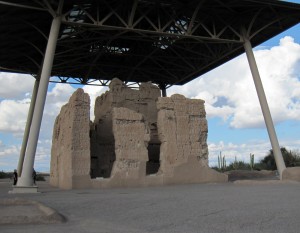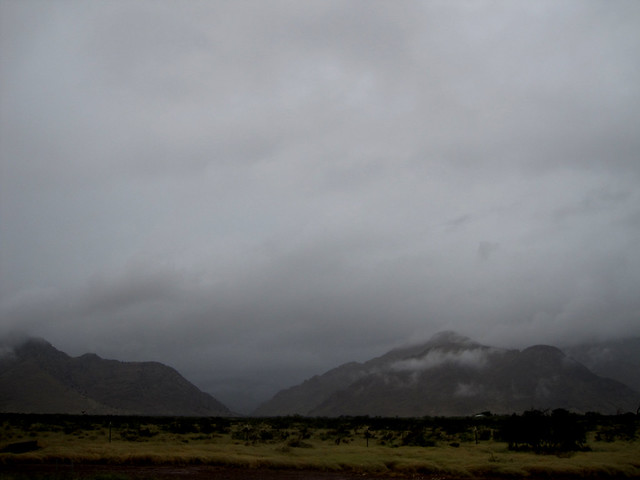Now for the big picture: how our food choices affect the larger world. For some, this will seem less relevant. To others, this is what it is all about. I think that the consumer choices we make are one of the biggest ways we can affect the world. In the era of governmental dysfunction that we live in, voting with our dollars is potentially the best way to make our voices heard.
Food choices we make affect many parts of the larger world, including:
- Economic priorities
- Treatment of animals
- Labor conditions
- The environment
From an economic standpoint, the choices we make affect businesses, both large and small. In the U.S., most small farmers don’t earn enough to make a living without other sources of income. The big ones only make it because of huge government subsidies. As a consumer, do you want to support big agribusiness or support small family farms? Do you want to encourage social responsibility or low prices at any cost? All of these are directly affected by the food purchases we make.
I haven’t talked much about the treatment of animals in factory farms, but suffice it to say that it is appallingly horrible. I can’t imagine that any caring person could see the way animals are treated in factory farms and still buy meat or dairy products produced that way.
Unfortunately, the vast majority of food in chain grocery stores comes from factory farms. It is a very sad thing.
If going vegetarian/vegan isn’t your thing, at least consider buying from a small farm where you can see how animals are treated or somewhere like Whole Foods that has Animal Compassion standards.
I’ve already talked about the fact that low food prices are often made possible by passing on the costs to someone other than the consumer. In many cases, the cost is passed on to workers, who are paid substandard wages and benefits or are working in unsafe conditions. Outside of the U.S. (at least we like to think it doesn’t happen here), this can extend to child labor, indentured servitude, and other manners of abuse.
One way to try to avoid this is to buy “fair trade” food which ensures decent wages, compliance with health, safety,and environmental standards, labor organization, and no child or forced labor.
Finally, the environment — this is perhaps the most important area our food choices affect.
Significant environmental degradation is caused by factory farming practices like chemical fertilizers and animal waste run-off. It is well documented that grain-raised beef is one of the worst calamities for the environment, worse it is said, than all our vehicles’ carbon emissions. If you want to do one thing that will make the biggest single difference for the environment, it is not to buy a hybrid car or even quit driving all together — it is to become a vegetarian.
There are many other ways to use food choices to help the environment. Choose food with less packaging. The amount of wasteful packaging that goes into our food is crazy. Or bring your own reusable bags to the grocery. This is a really small easy thing that everyone can do. And it makes a difference.
In addition, buying local (and seasonal) makes a big difference. Food raised overseas not only takes large amounts of fossil fuels to transport, but it is often raised using unsustainable methods. (Another area that I was unaware of previously is how damaging most “farmed” seafood is to the environment.)
But in addition to buying locally-produced food, it is also important to buy seasonal food. Food that is not seasonal (such as tomatoes grown in the winter…or rice grown in California where there is not adequate water) often takes so much extra energy to raise (even locally), that it would be more environmentally sound to fly it in from somewhere it can grow seasonally.
All of this may seem like a lot of burden to take on ourselves as individuals. But if we as individuals don’t think about these things, who will? Our governments surely aren’t. If we don’t make some changes, we’ll all ultimately pay the price. And isn’t a little thought with regard to our food (and possibly some occasional extra expenditures and inconveniences) worth it?



